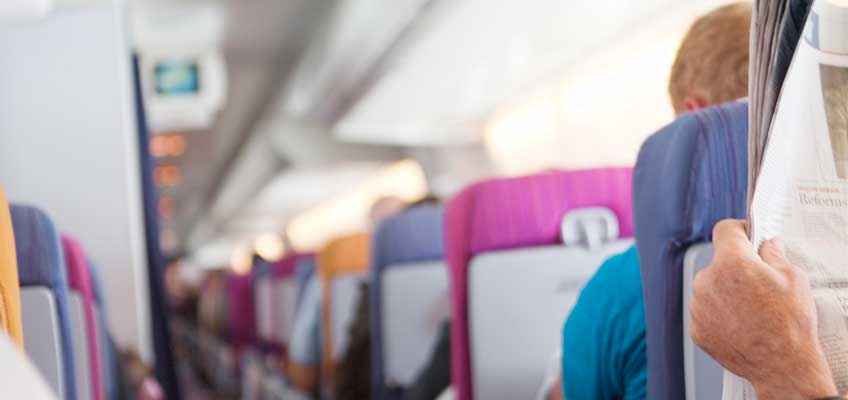Continued strong growth for international civil aviation in 2017

During 2017 the number of passengers in international traffic at Swedish airports reached 30.9 million, evenly distributed between departures and arrivals. Compared to previous year it’s an increase of 8 percent. It was the eighth consecutive year with increasing number of passengers in international traffic at Swedish airports with scheduled and/or non-scheduled traffic. This shows Transport analysis official statistics on civil aviation.
- International travel by air remains popular. Travelling by air creates opportunities for tourism and business, but it also means climate impact, not least when travelling long distance abroad, says Henrik Petterson, project manager at Transport analysis.
Although more passengers in general means more movements, the number of passengers rise in a faster pace than the number of movements. The official statistics show that since 1977 the number of international passengers increased by 557 percent, while the number of domestic passengers increased by 285 percent. Number of landings in international traffic, however only increased by 236 percent and domestic by 60 percent during the same period of time. The fact that the number of passengers rise faster than the number of landings may indicate aircrafts with increasingly larger transport capacity and/or increasing load factor.
The load factor cab be calculated by relating the number of passengers to the number of available seats and indicates the degree to which the offered capacity is utilized. If this measure is used where the utilization rate 75 procent 2017, while in domestic traffic was lower, 64 percent. It can be compared with world scheduled revenue traffic load factor of 80 percent in 2016, which increased continuously over a long period of time.
The data are taken from tables in "Civil Aviation 2017". Transport analysis is the responsible statistical authority and the Swedish Transport Agency has produced the statistics on behalf of Transport analysis.
Find out more: Civil Aviation 2017.
